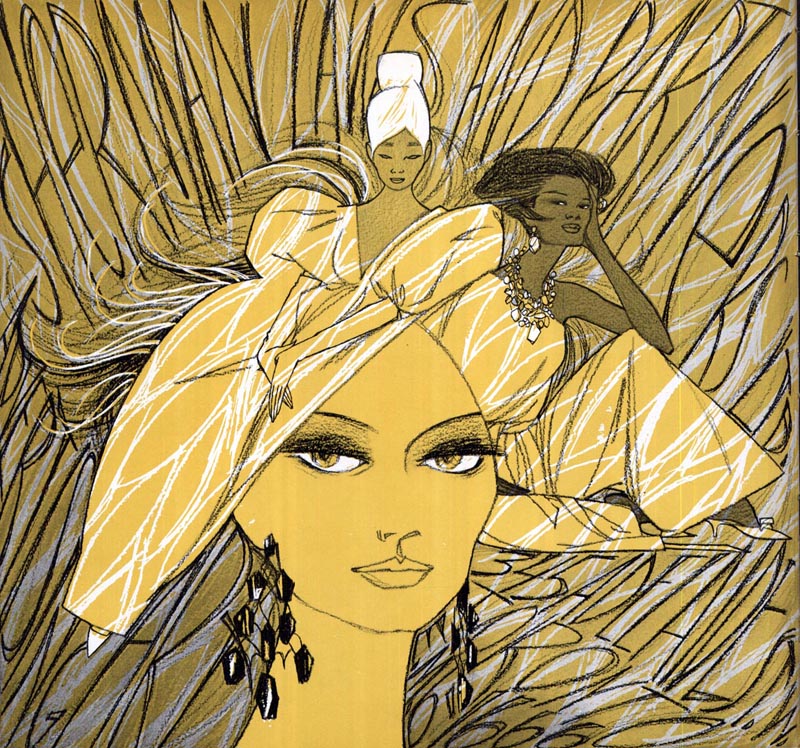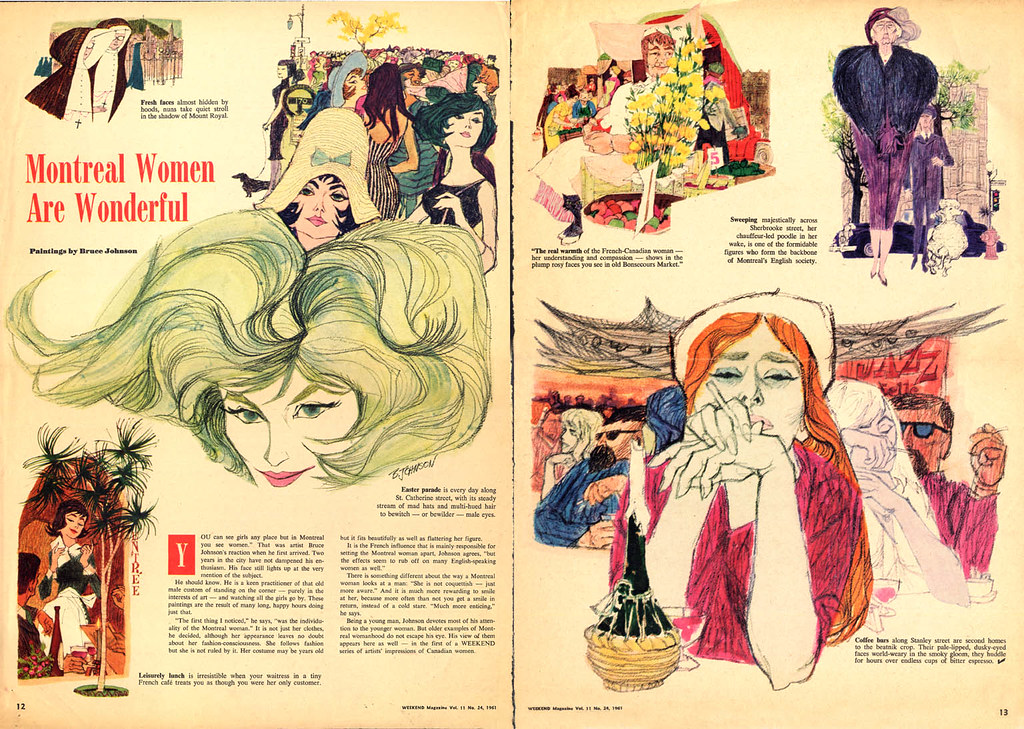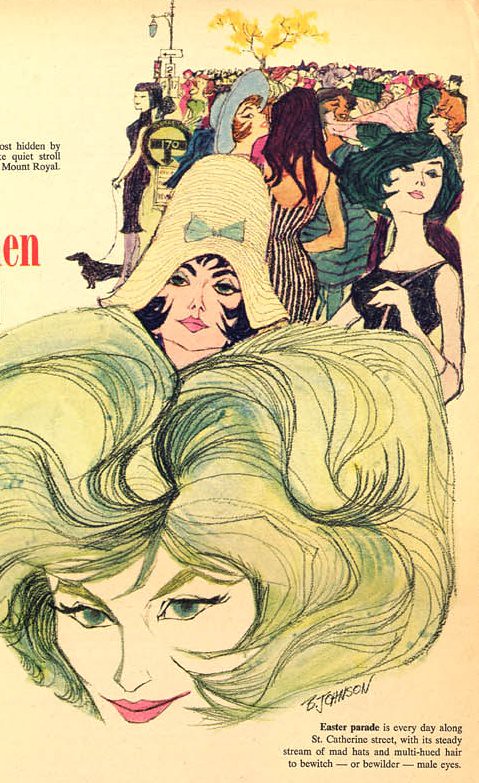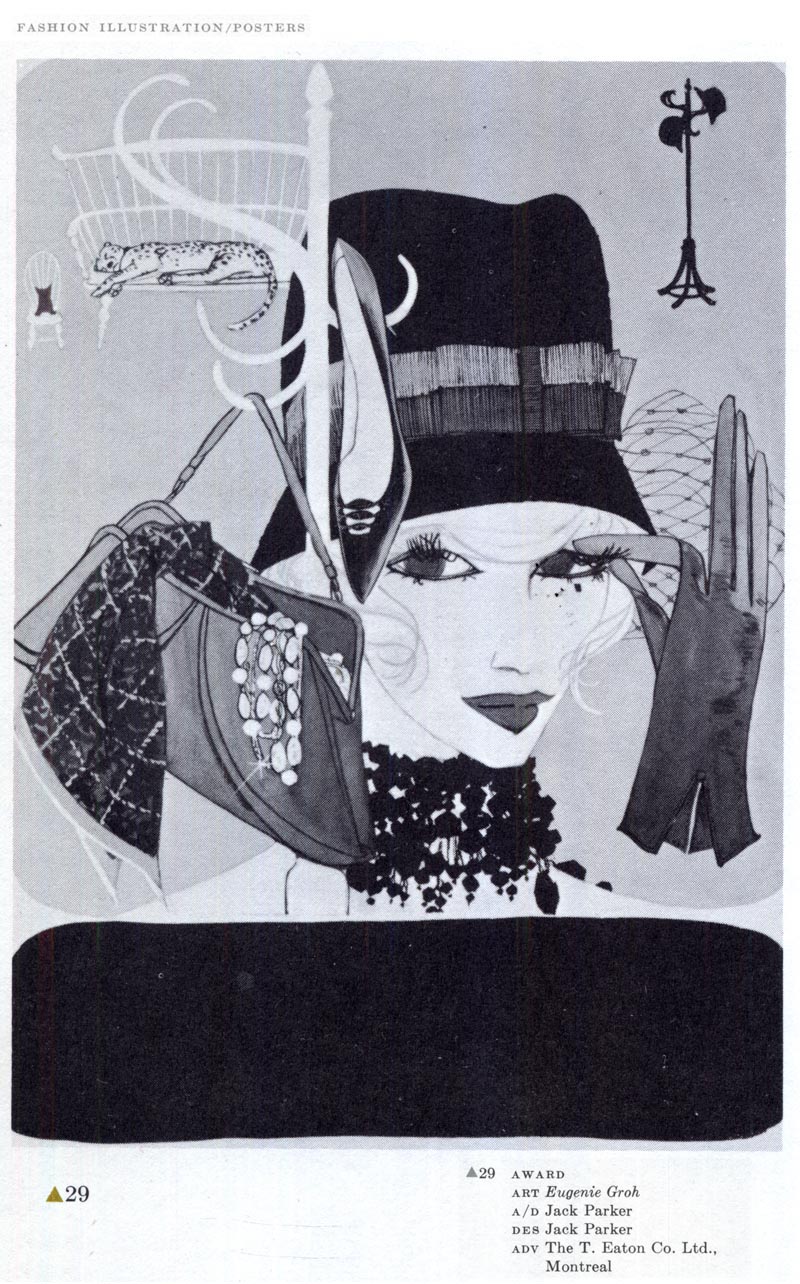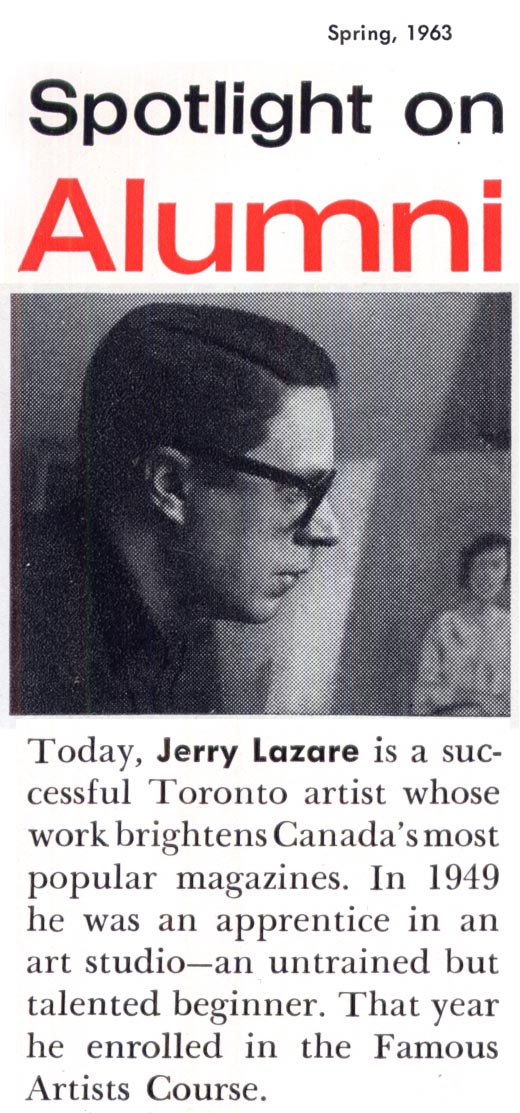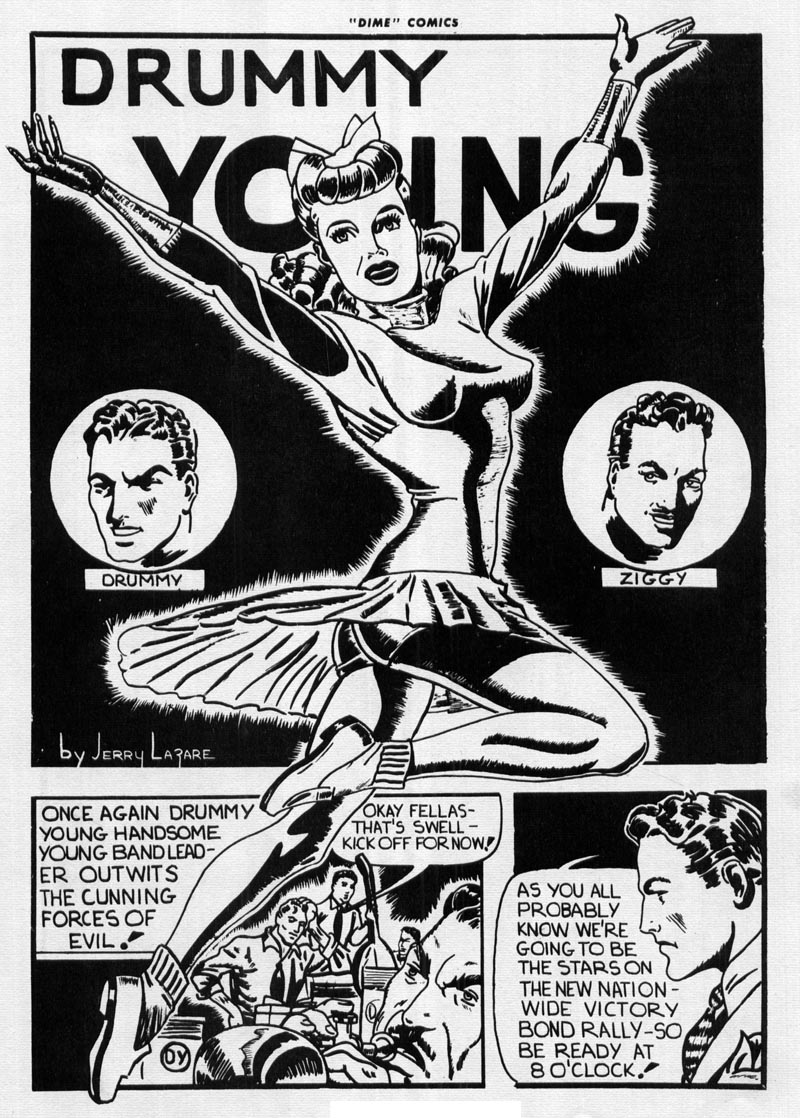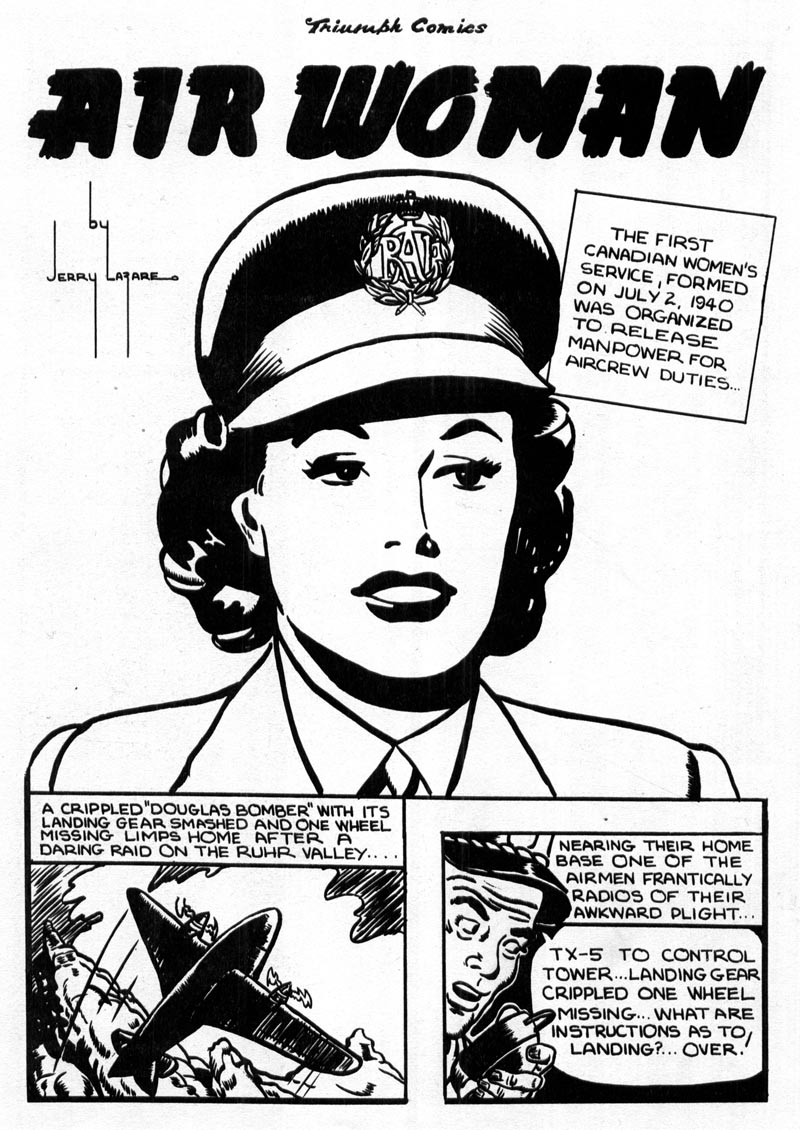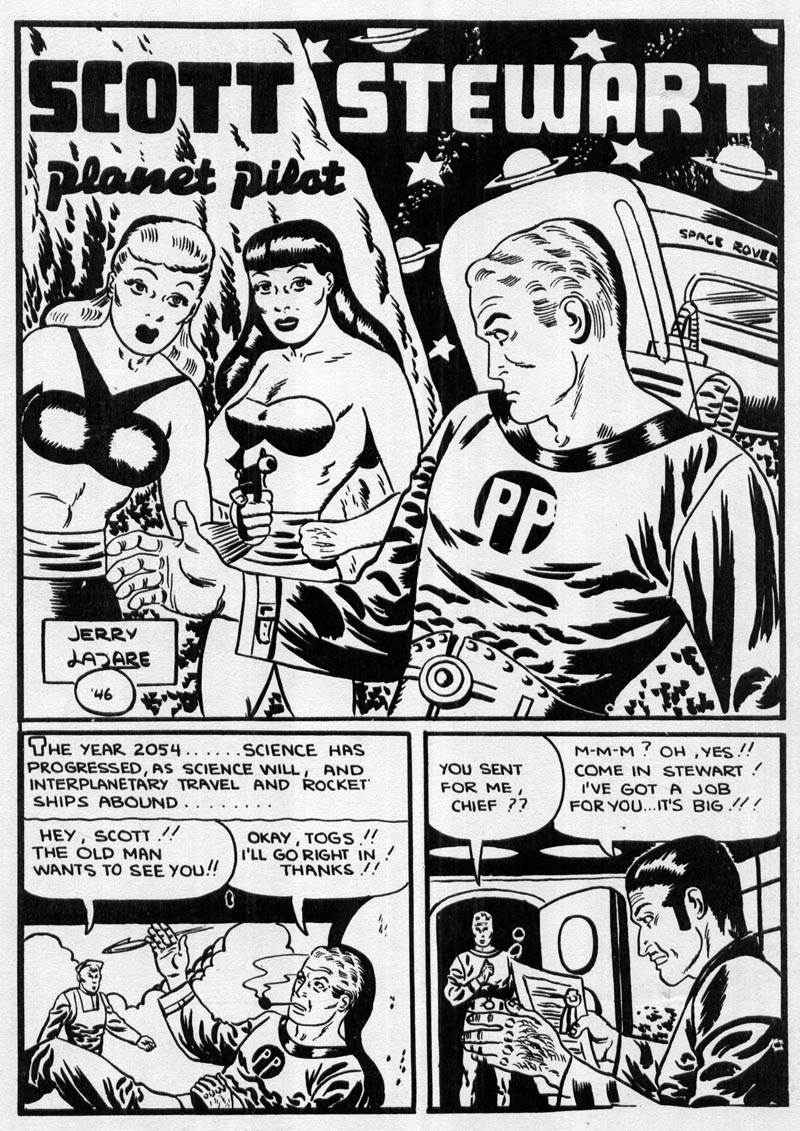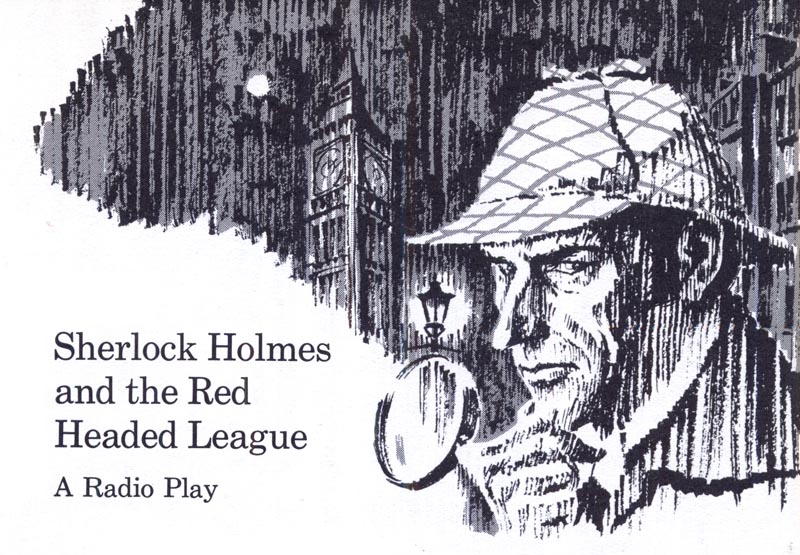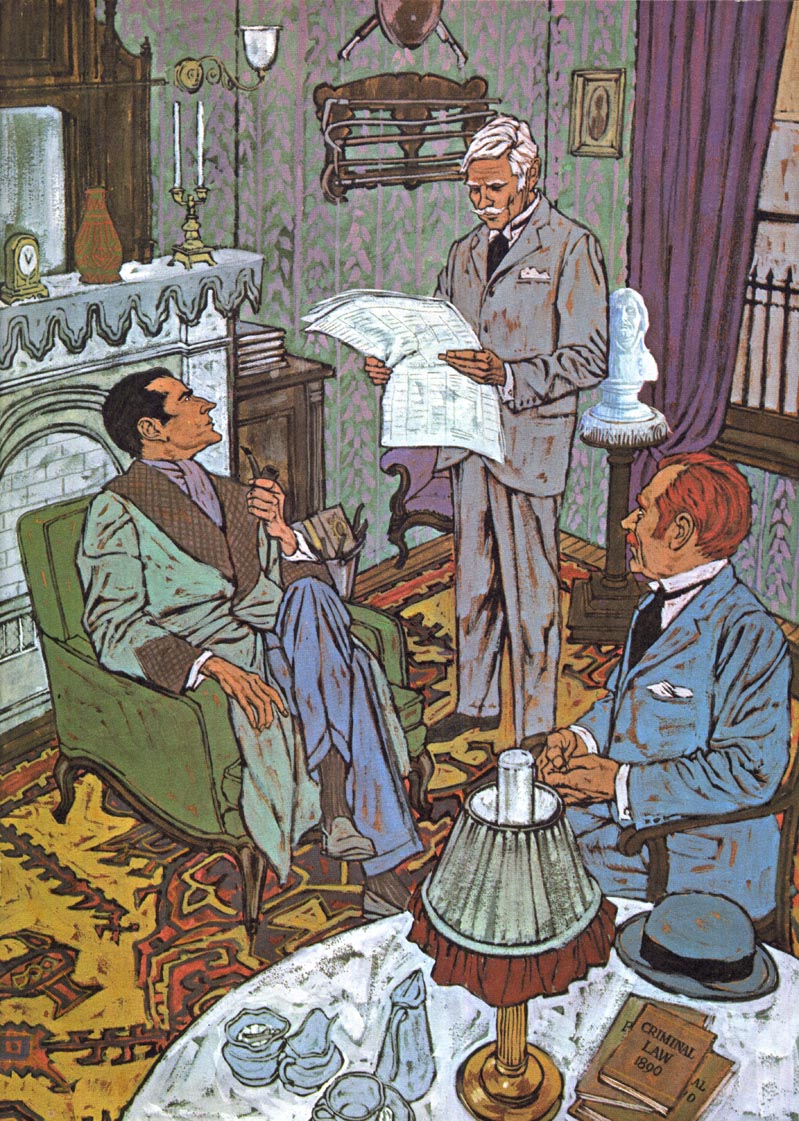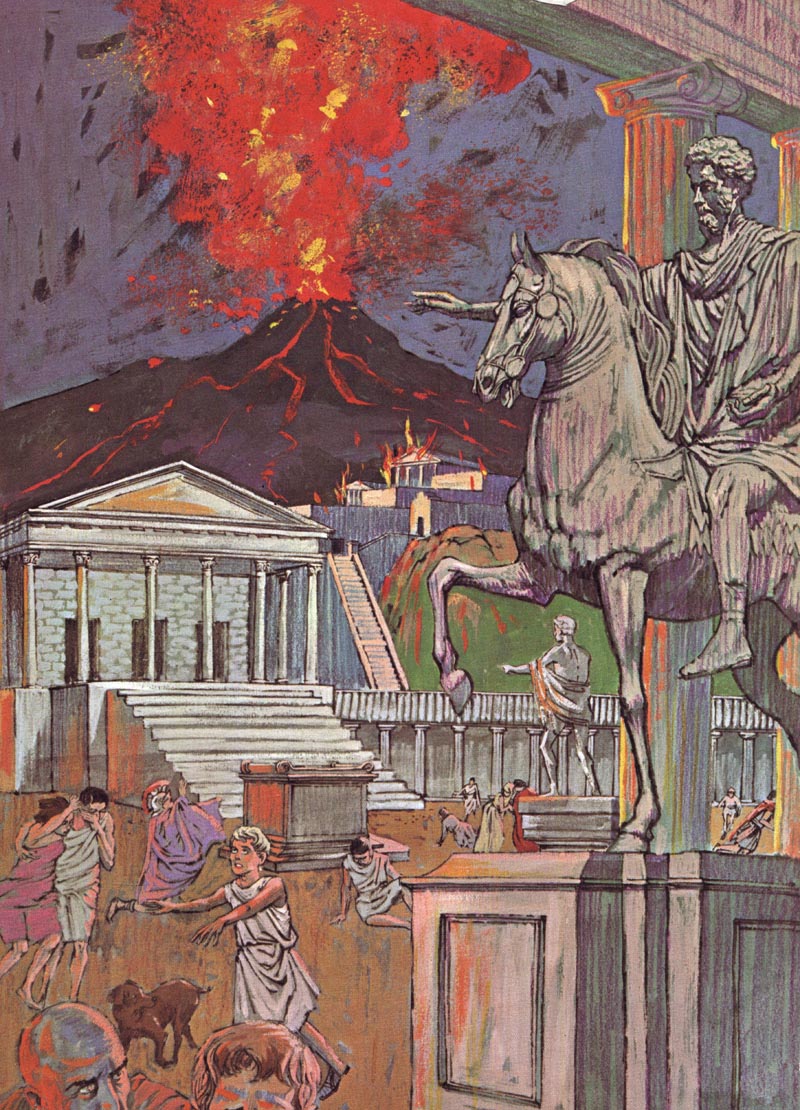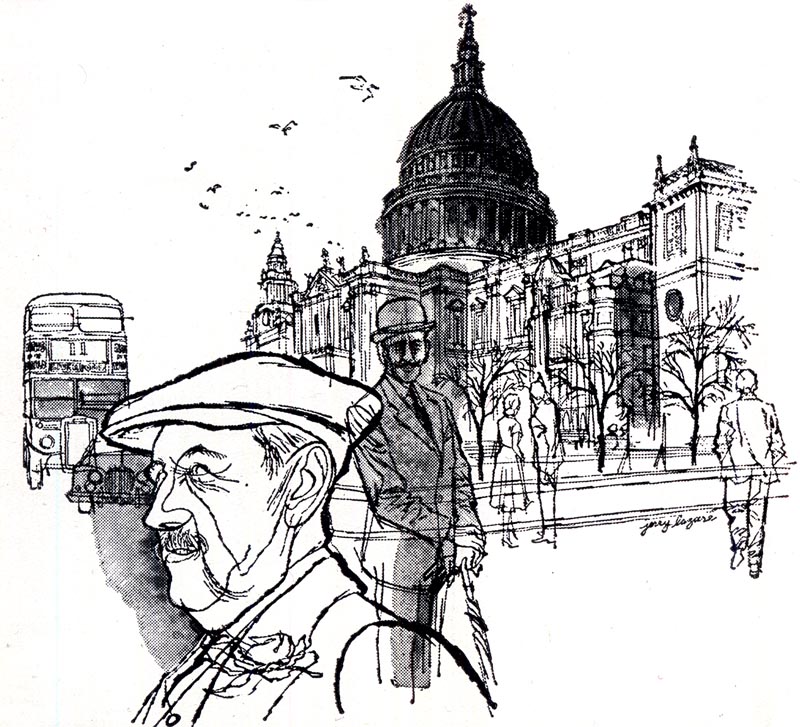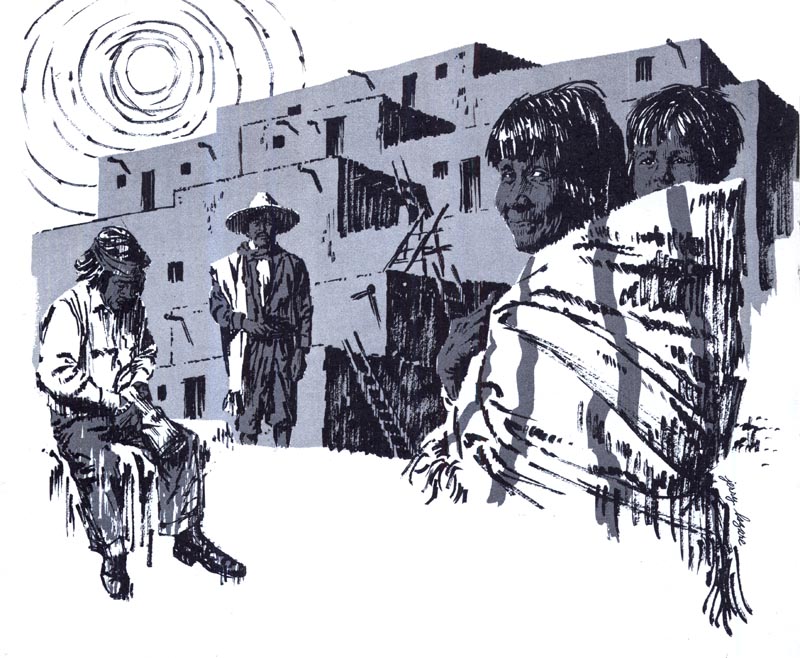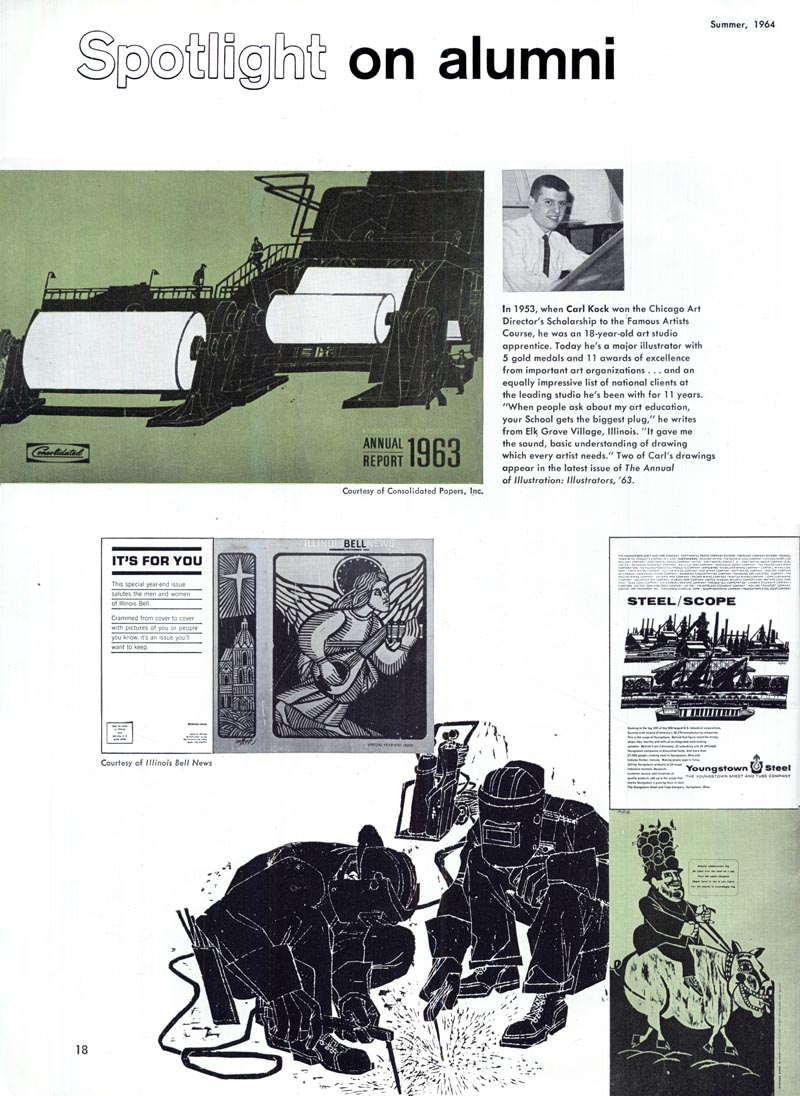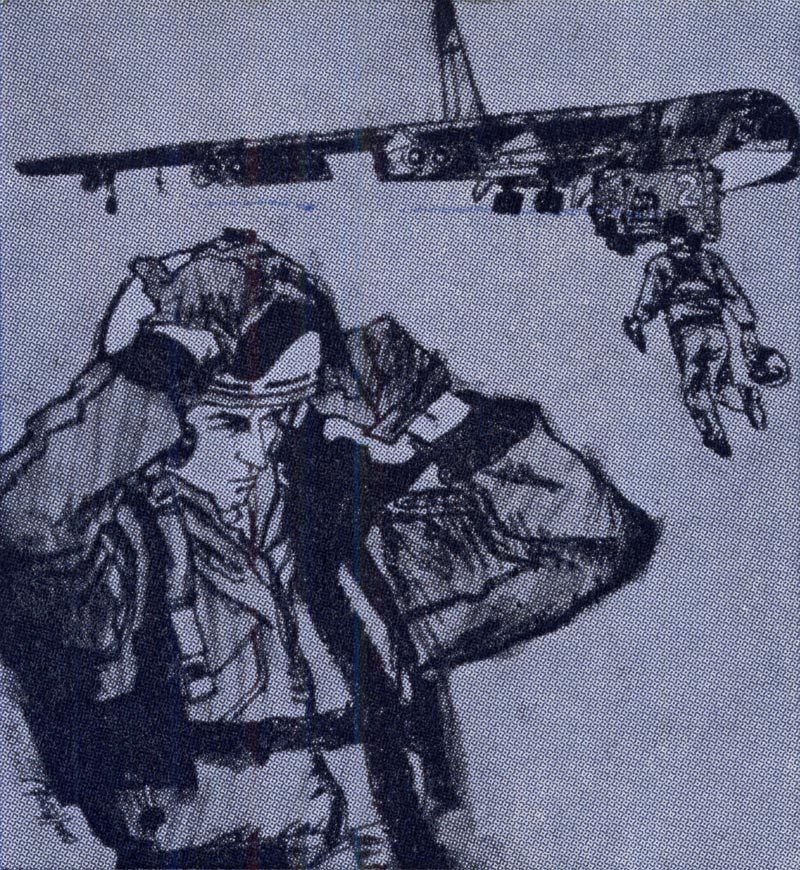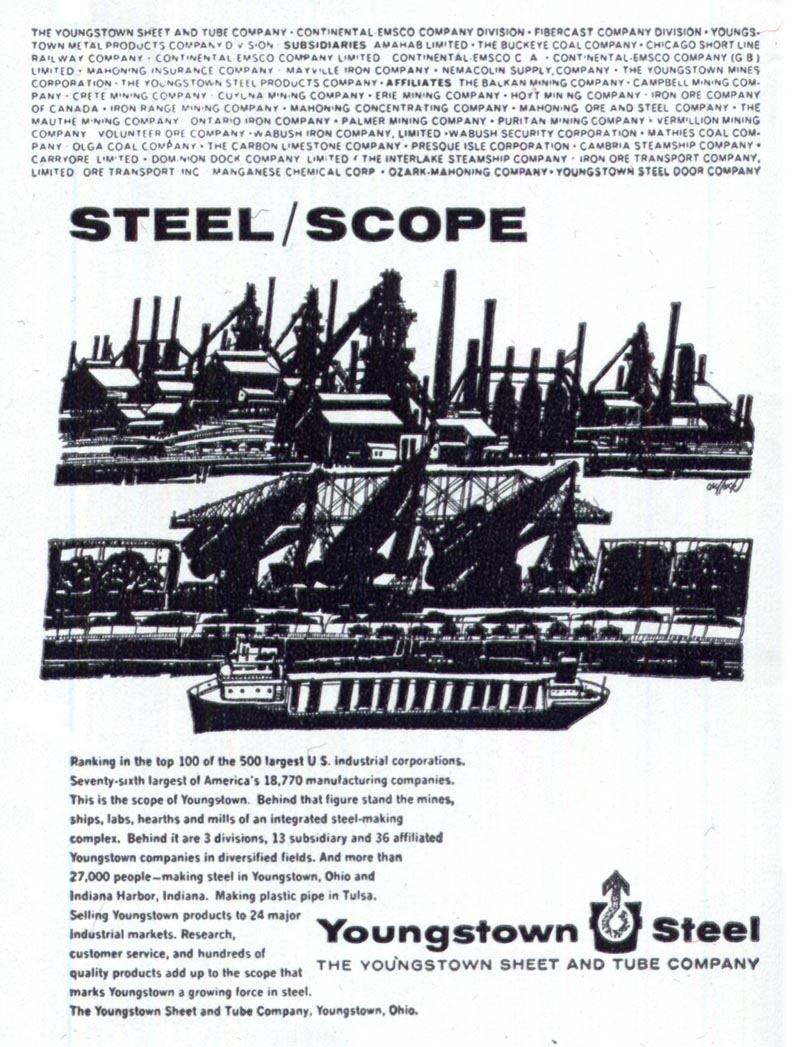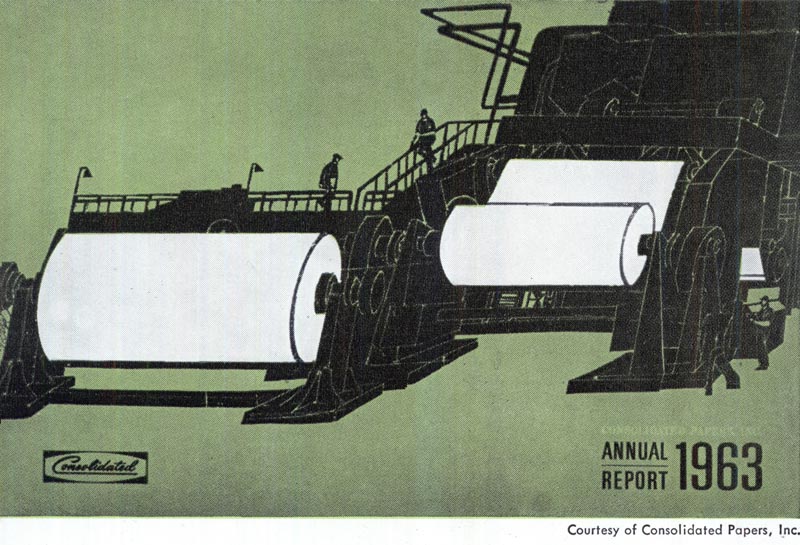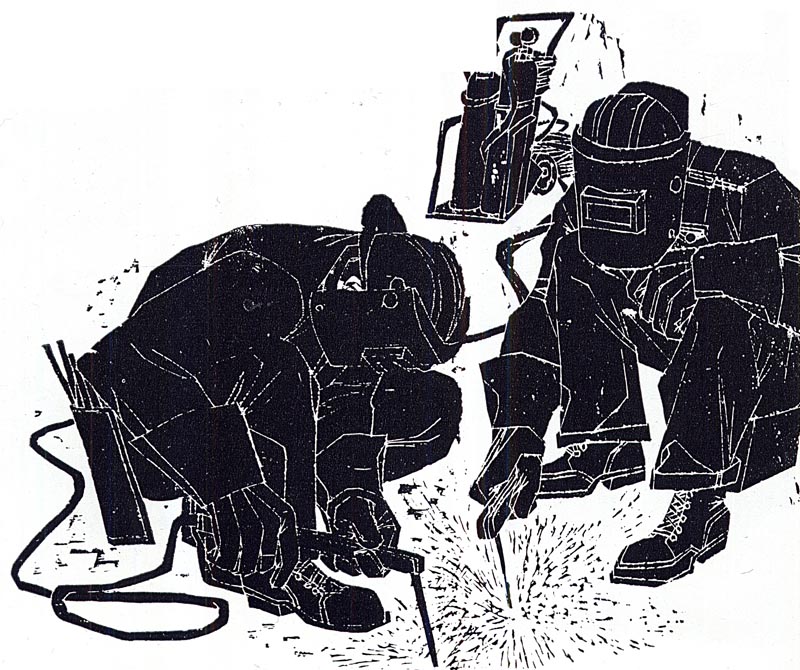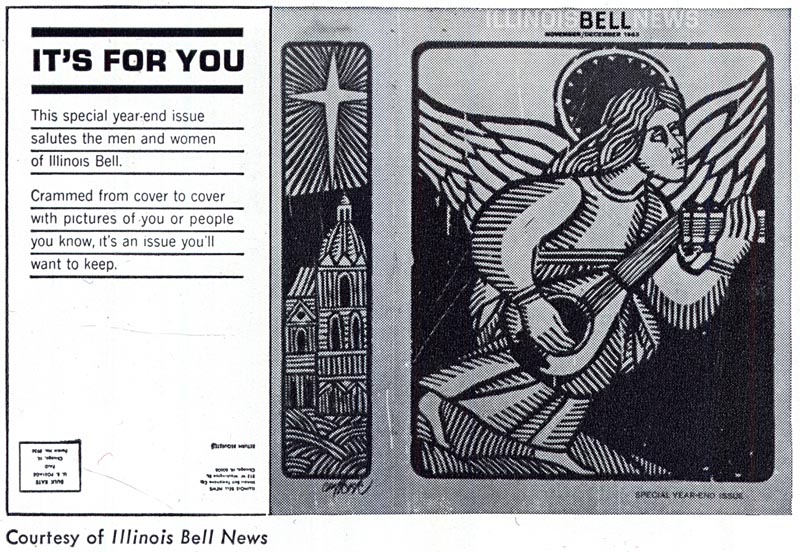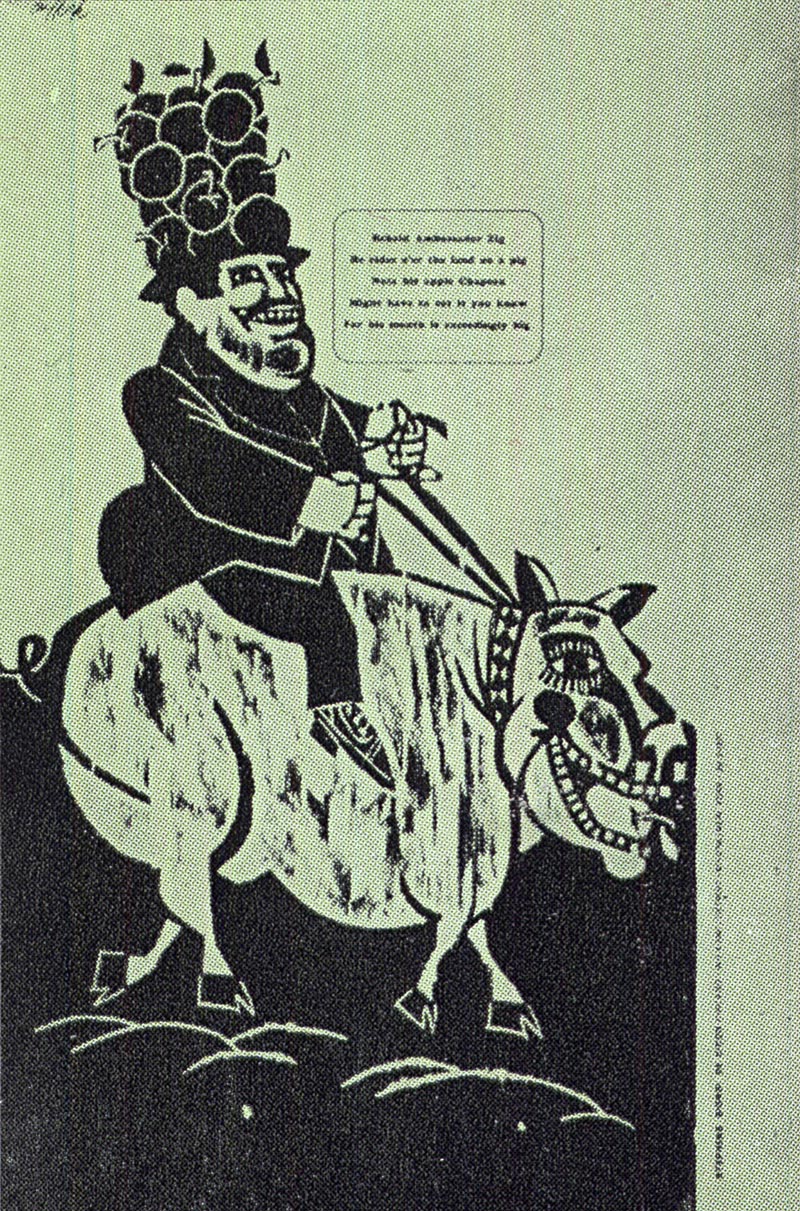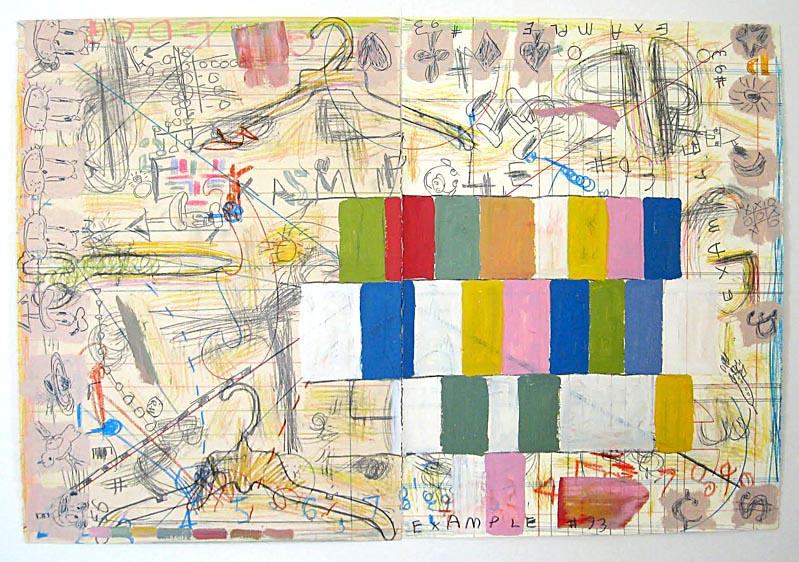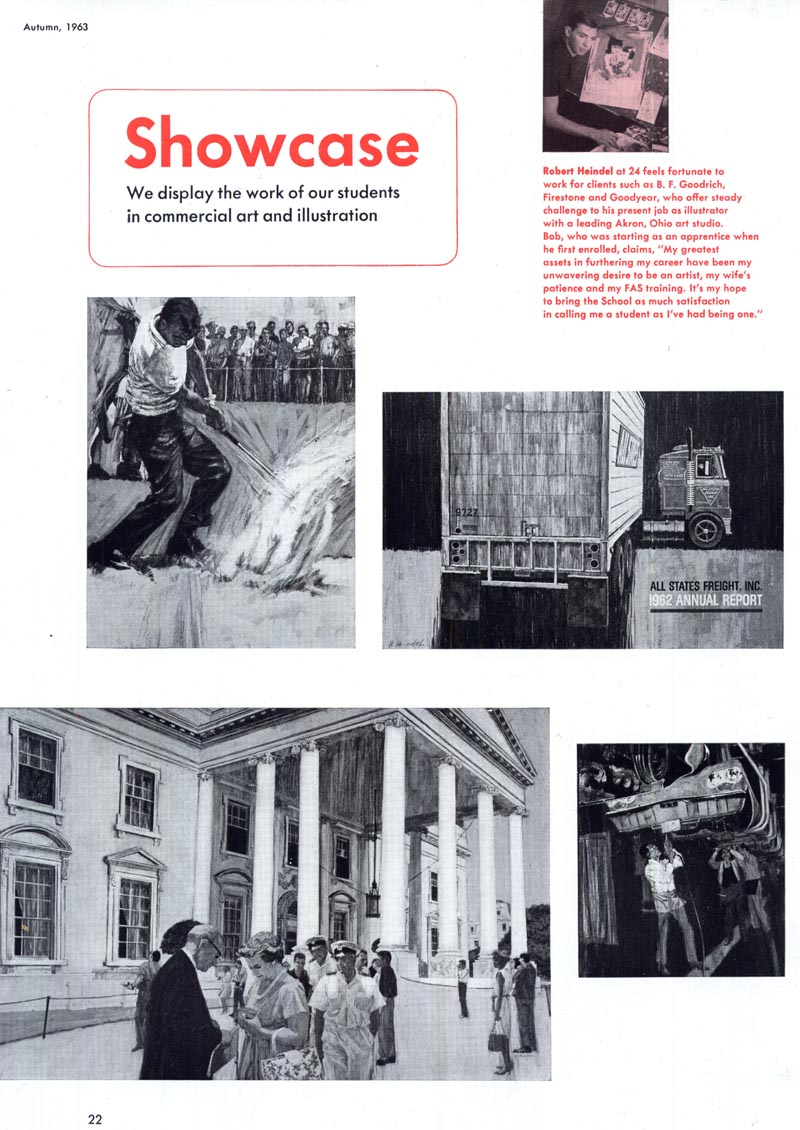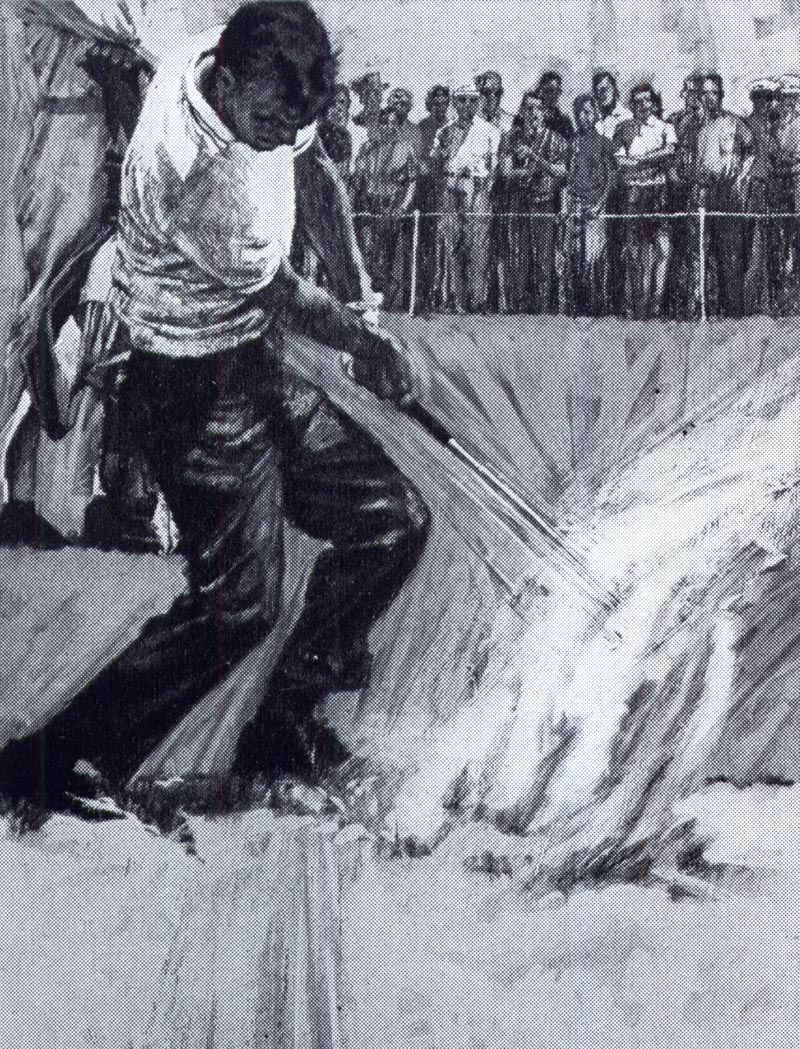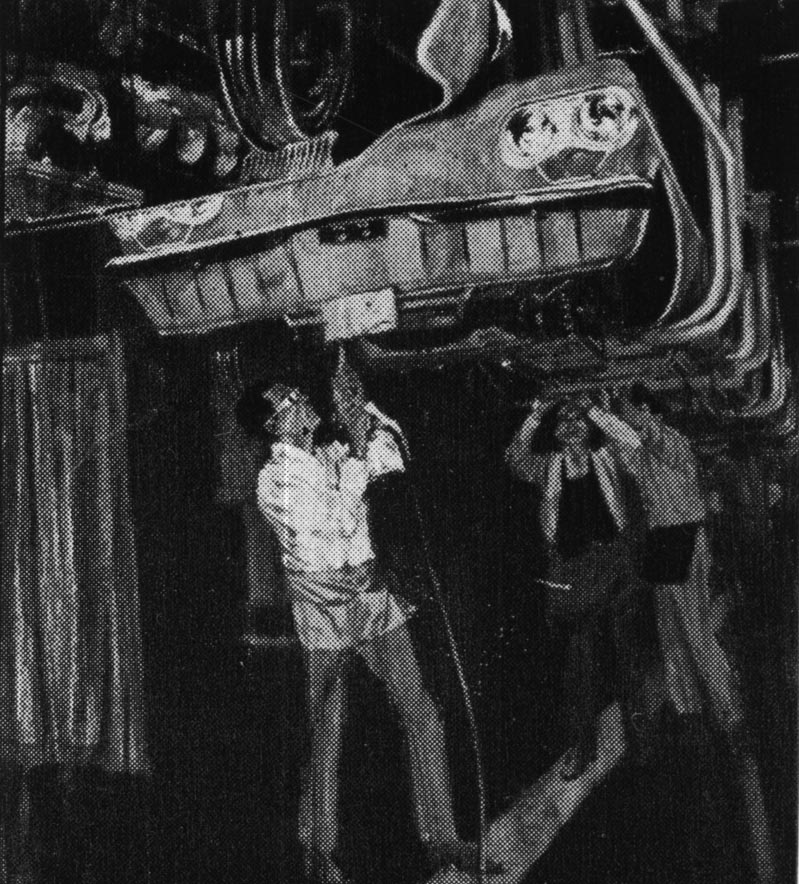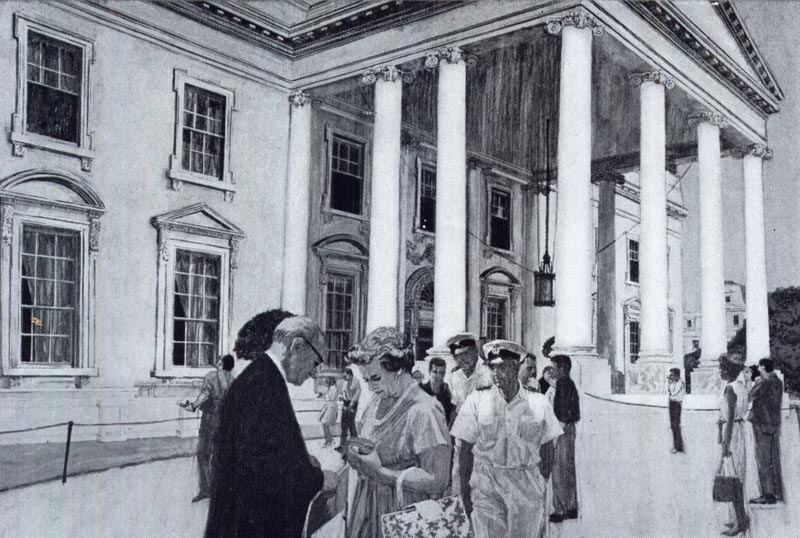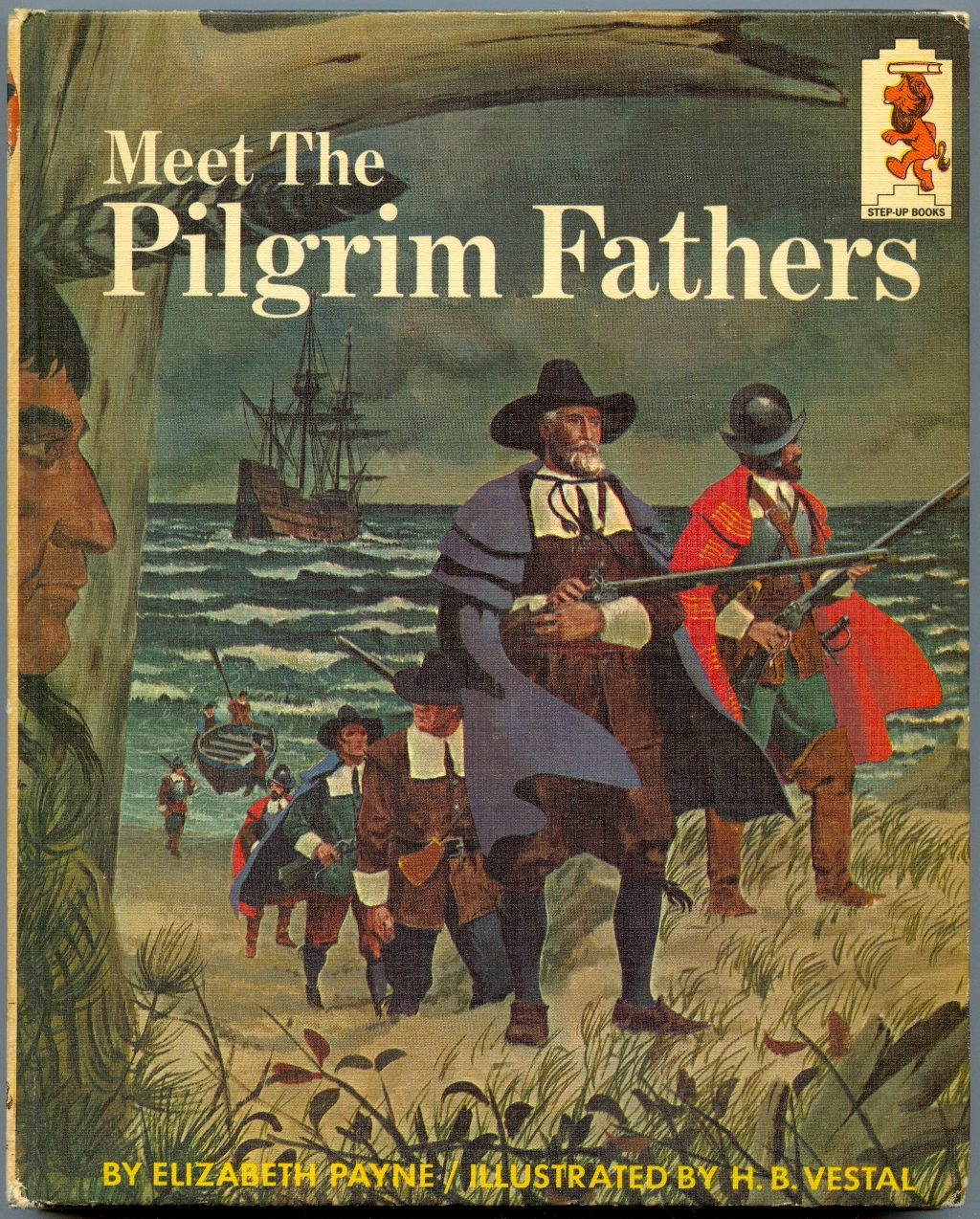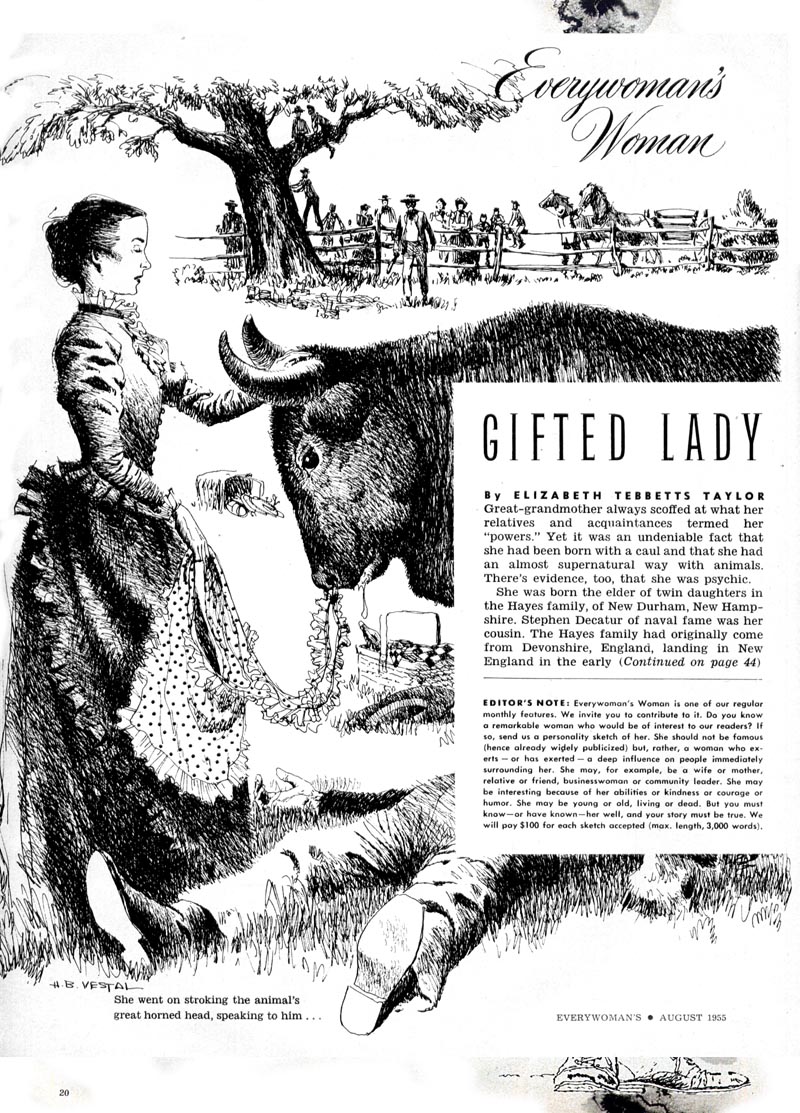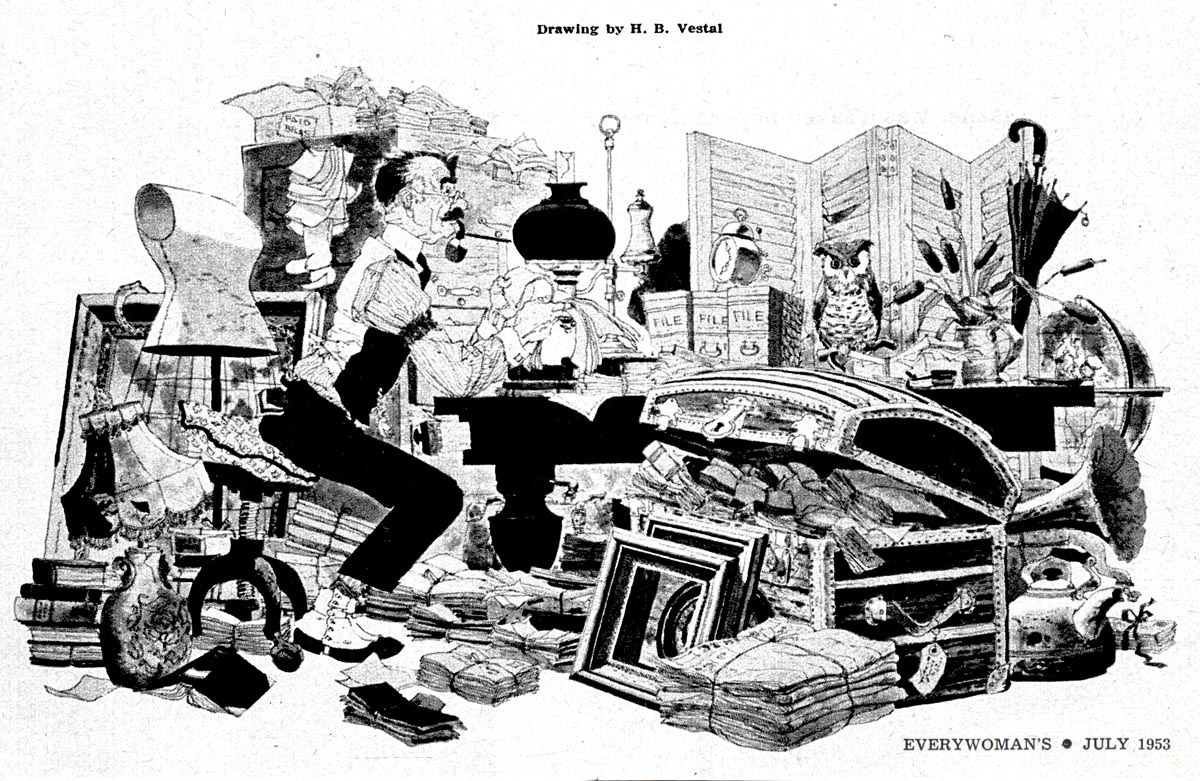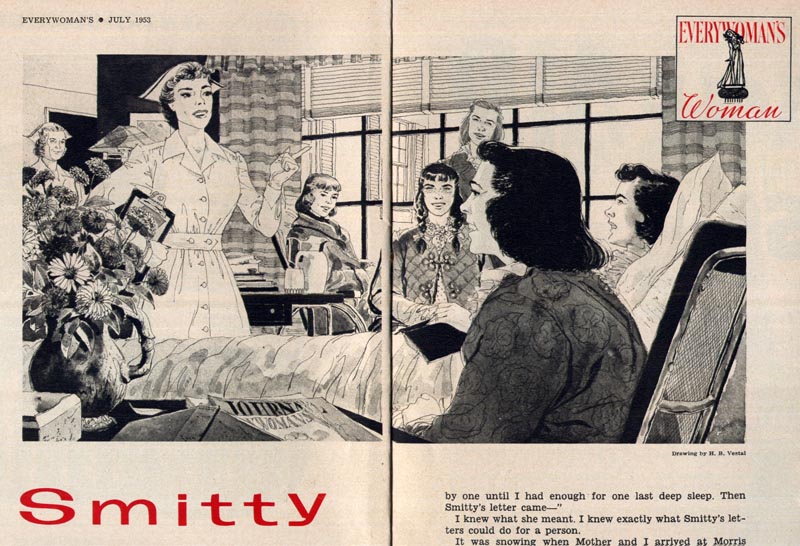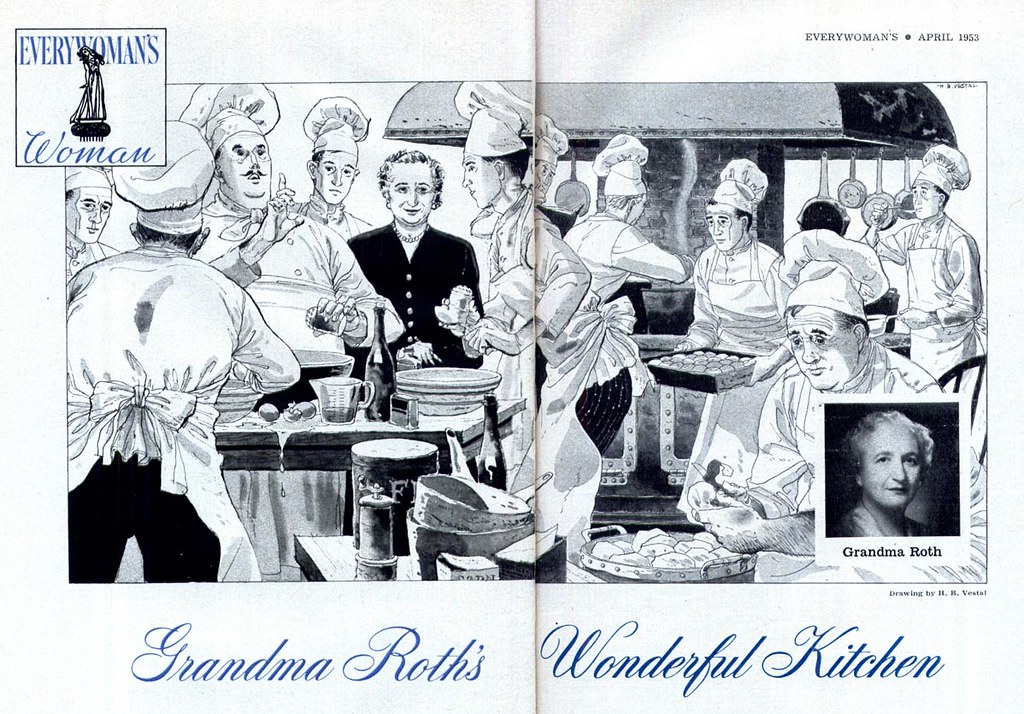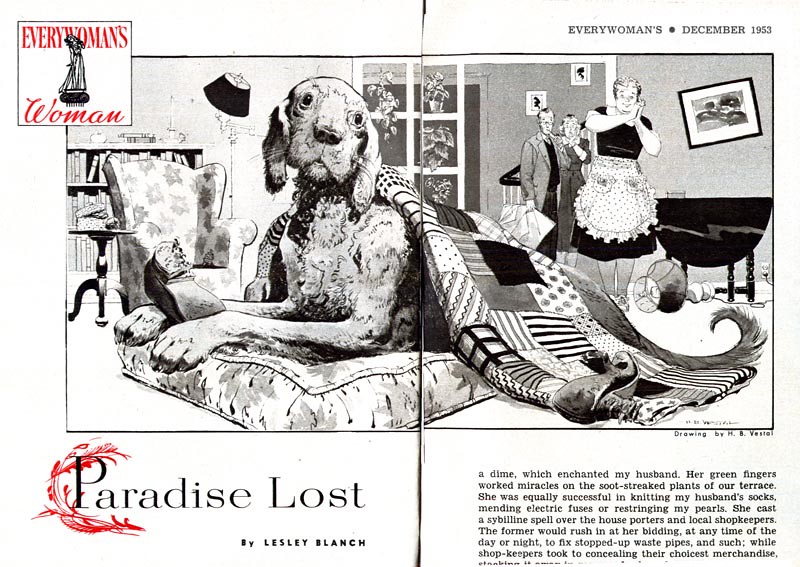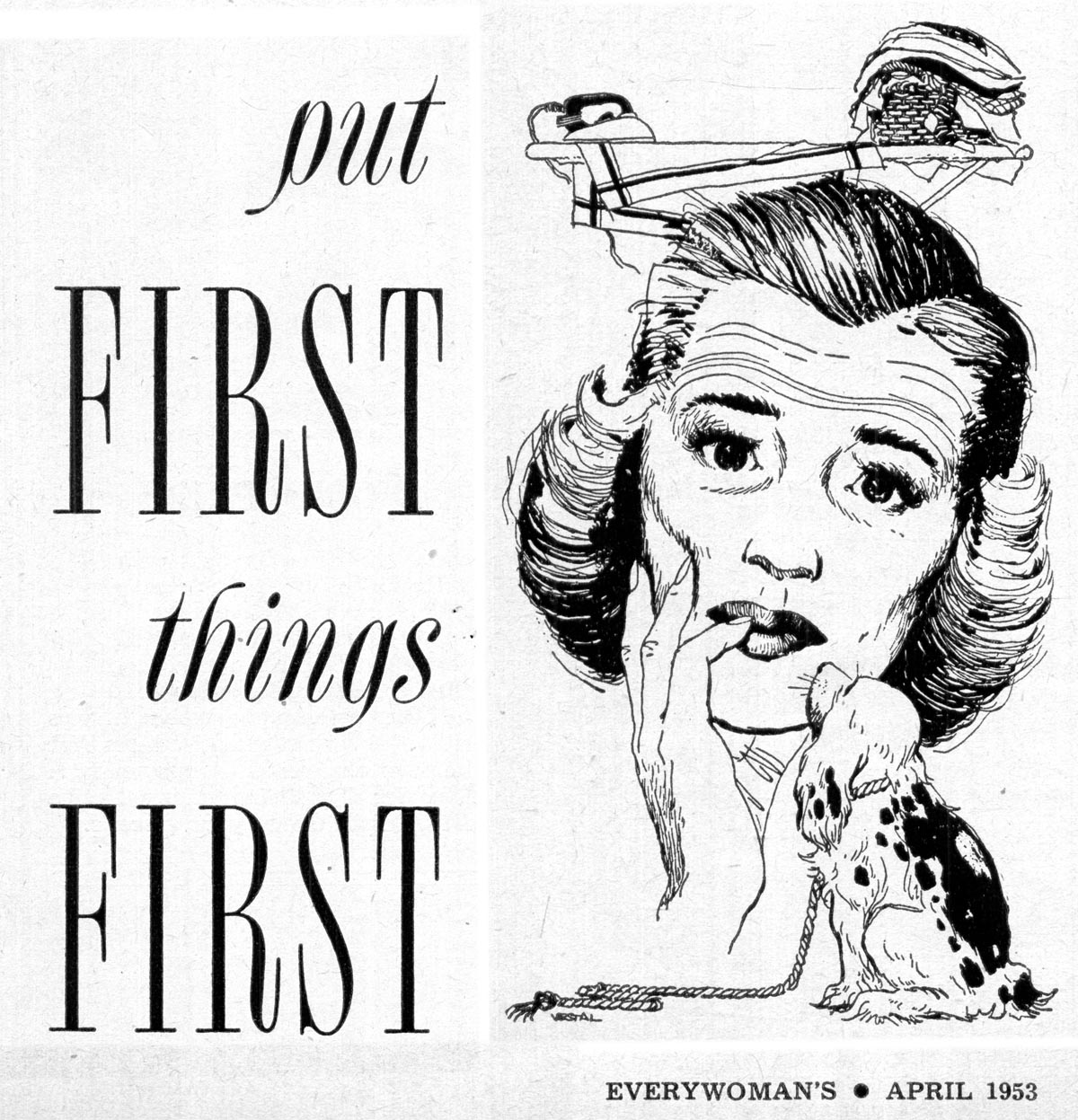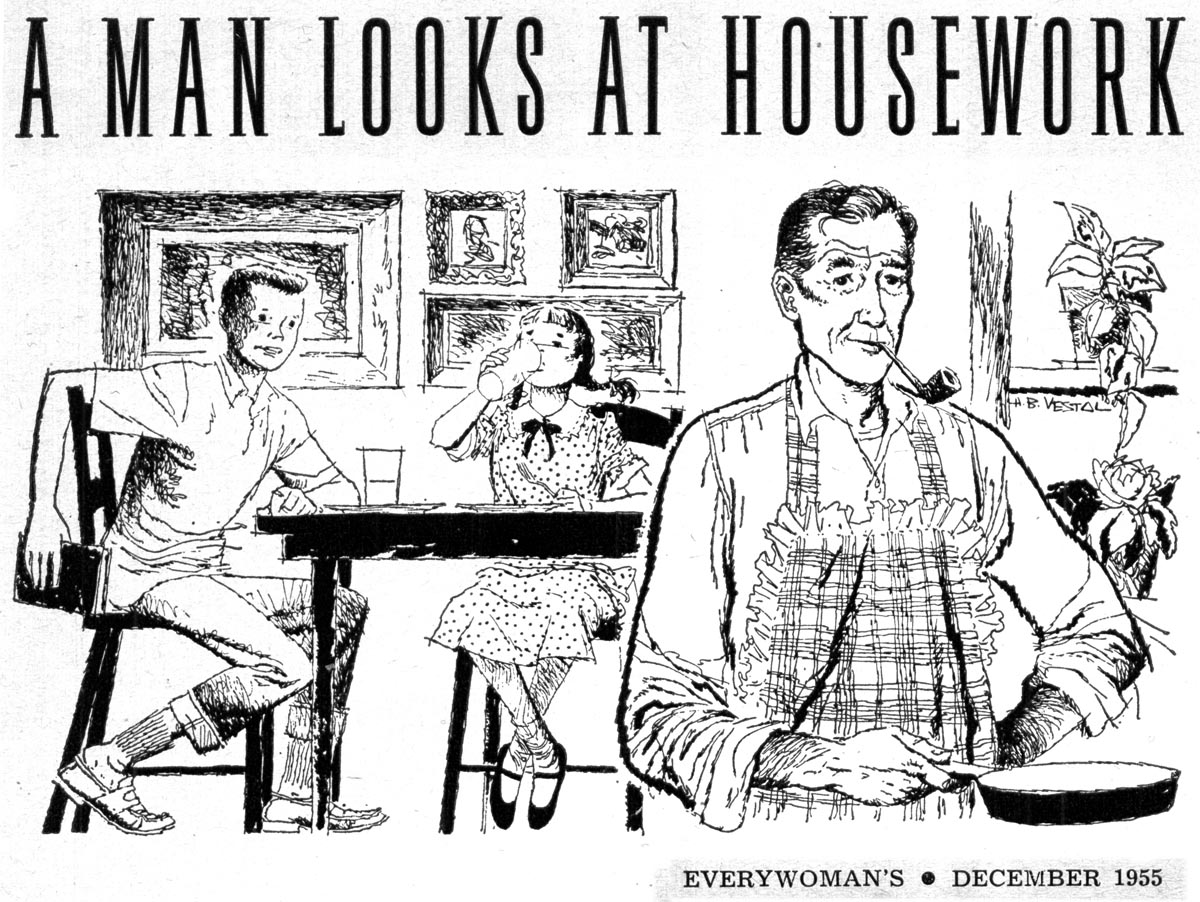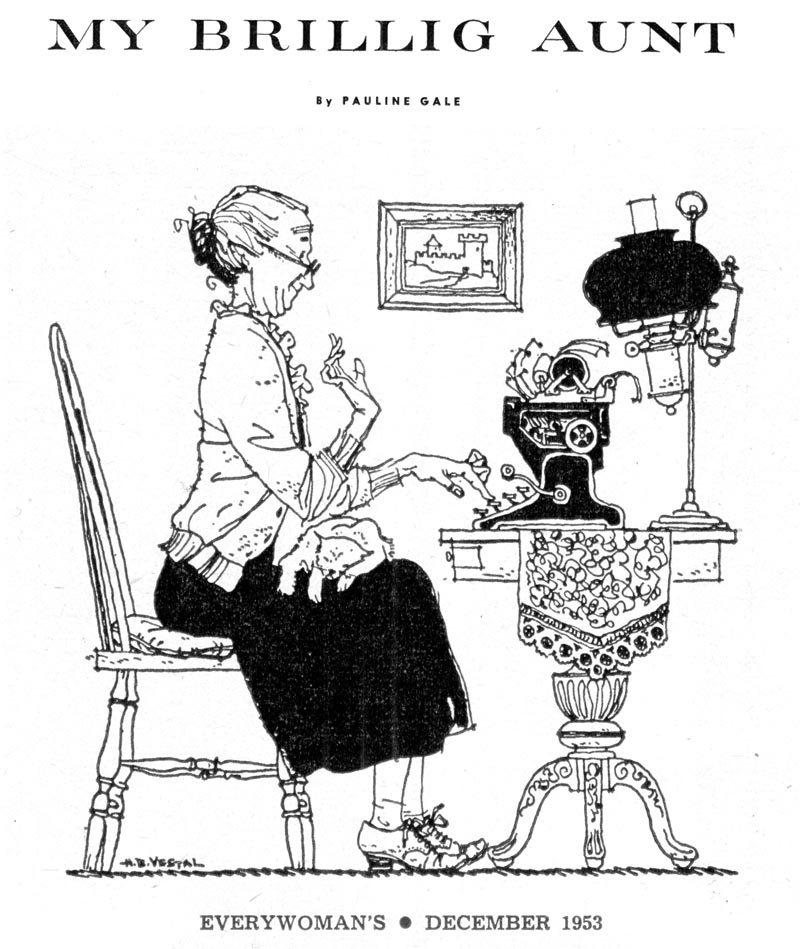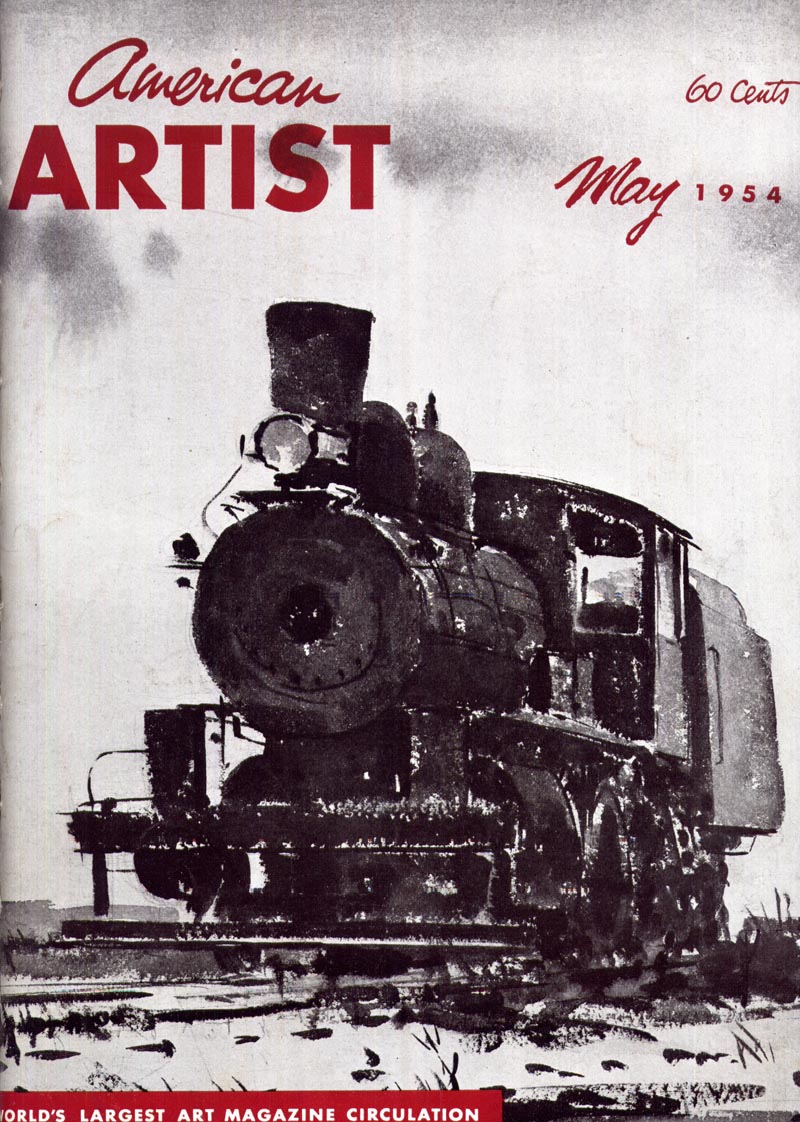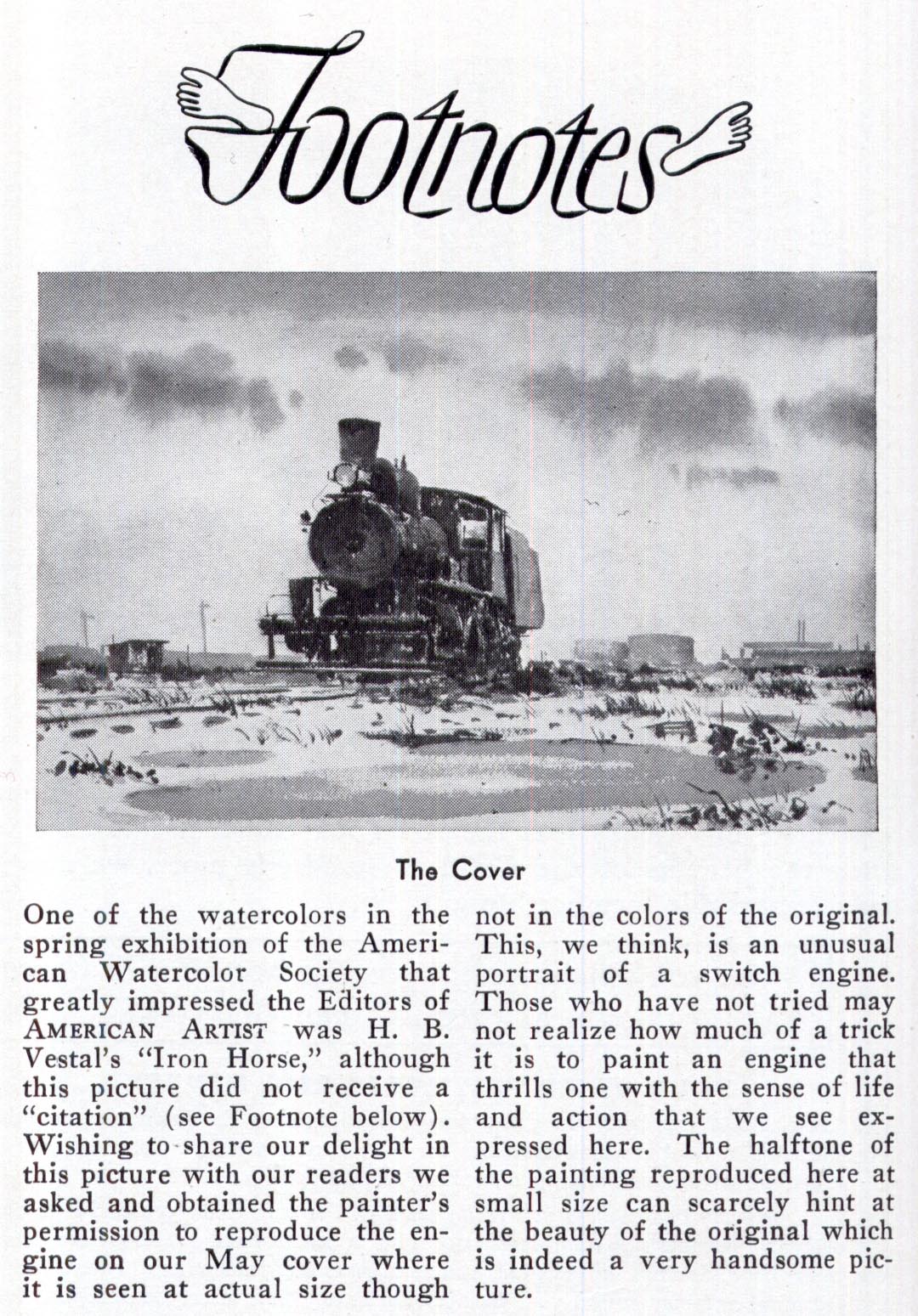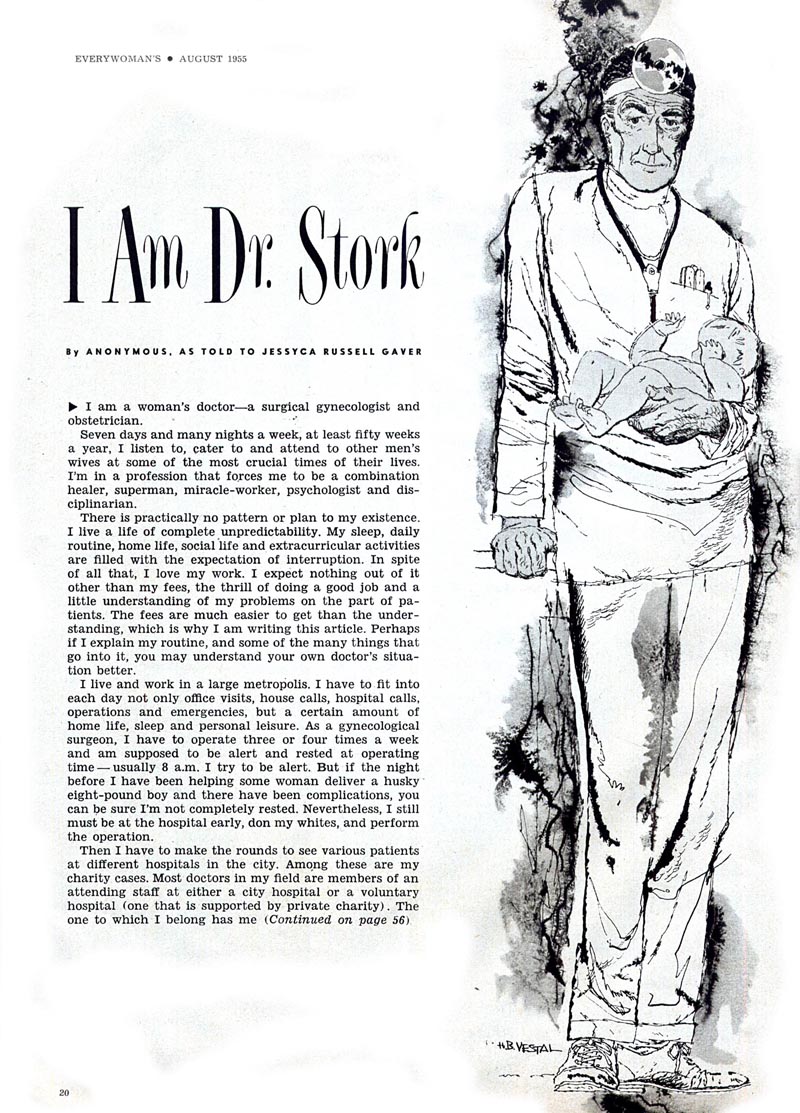Katherine Bosnitch must have very fond memories of March 2000. That's when her thesis was published by Concordia University in Montreal, Canada.

The topic: Eaton's Prestige Fashion Advertising Published in the Montreal Gazette, 1952-1972.
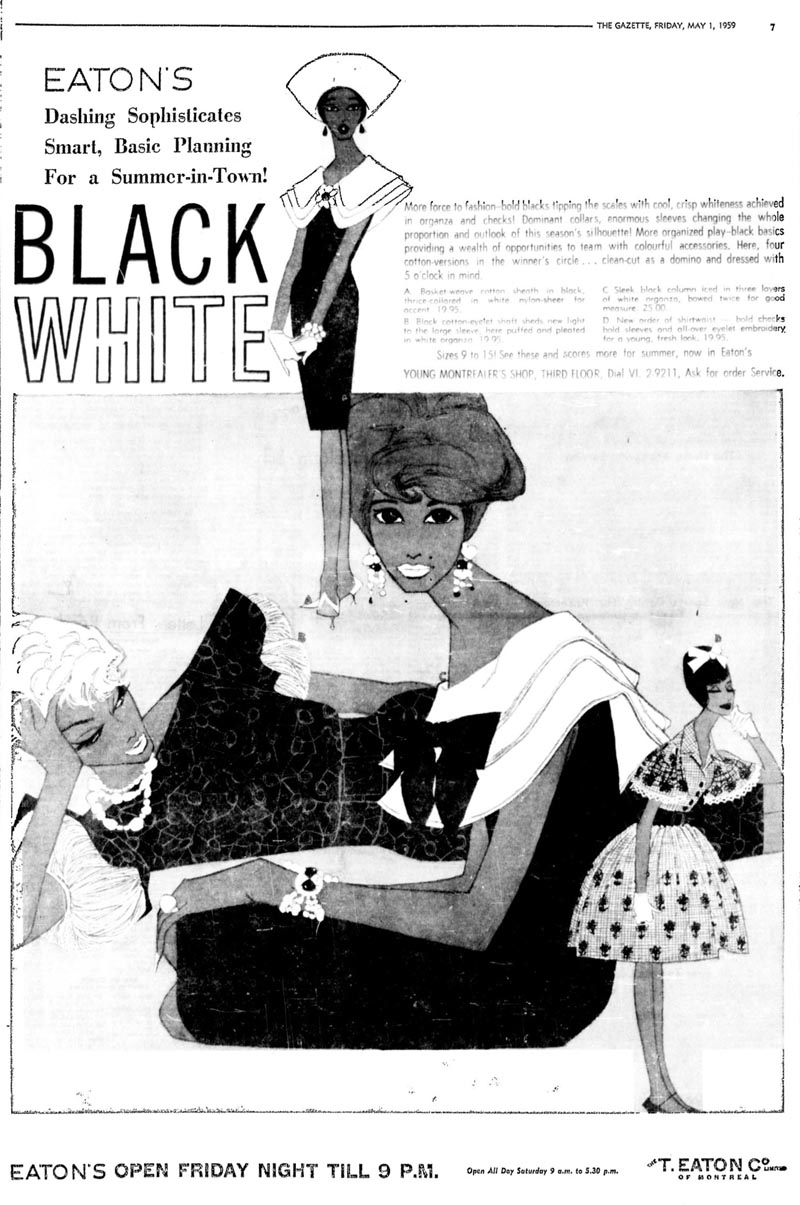
For those who don't know, The Eaton's department store chain was one of Canada's leading retailers for over a hundred years.
From the Eaton's Wikipedia page:
"The T. Eaton Co. Limited was once Canada's largest department store retailer. It was founded in 1869 in Toronto by Timothy Eaton, an Irish immigrant. Eaton's grew to become a retail and social institution in Canada, with stores across the country, buying offices across the globe, and a catalogue that was found in the homes of most Canadians. A changing economic and retail environment in the late 20th century, and mismanagement culminated in the chain's bankruptcy in 1999."

Like so many other large chains, Eaton's failed to adapt to the age of the 'big box' retailers, but for the period in question, Eaton's was where everyone in Canada shopped - and the Montreal Eaton's store was world renowned as a destination for high fashion shoppers. In her thesis, Katherine Bosnitch sets the scene for us in fascinating detail, explaining how three artists came together to create thousands of beautiful, innovative ads for three high-end ladies fashion 'boutiques' on the 3rd floor of the Montreal Eaton's store. Those three artists were Jack Parker, Eugenie Groh...
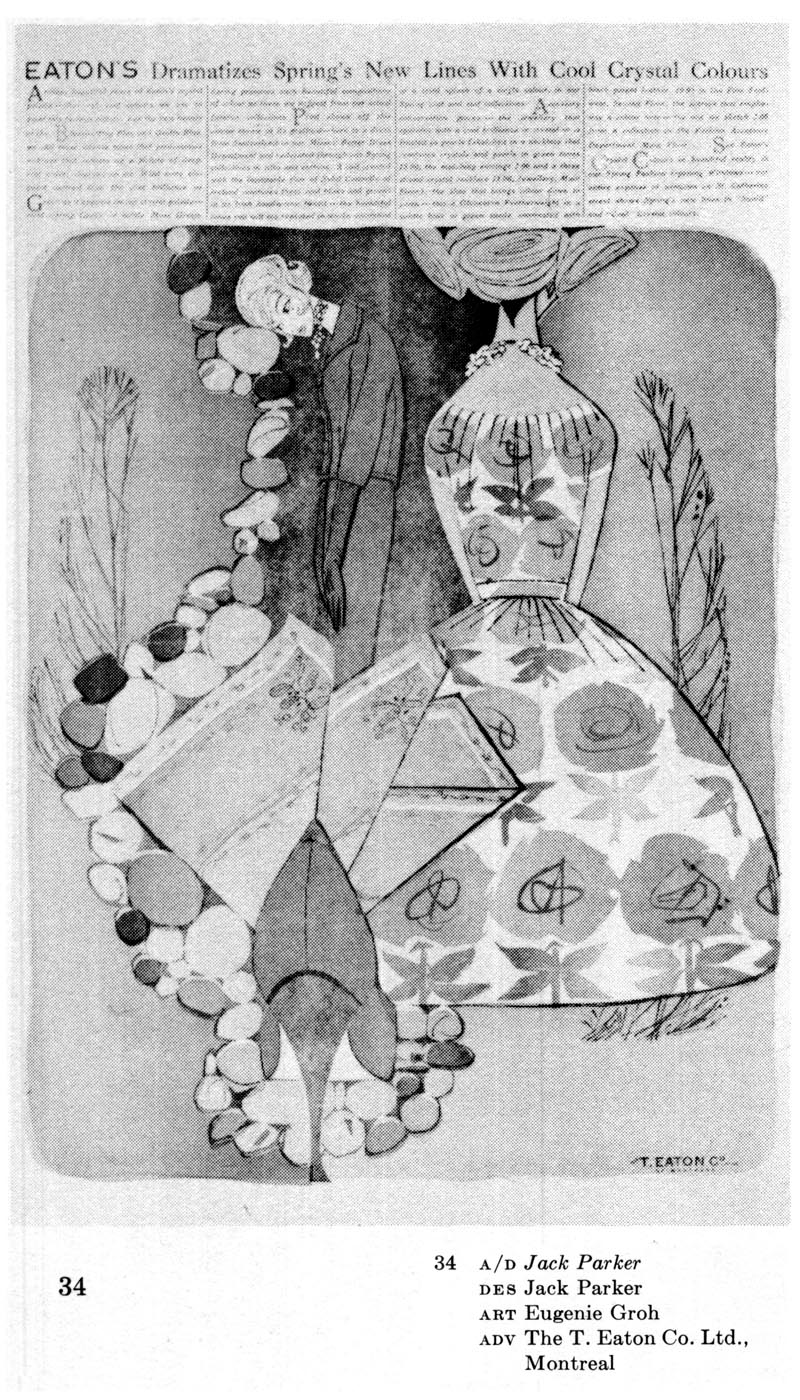
... and Georgine Strathy.
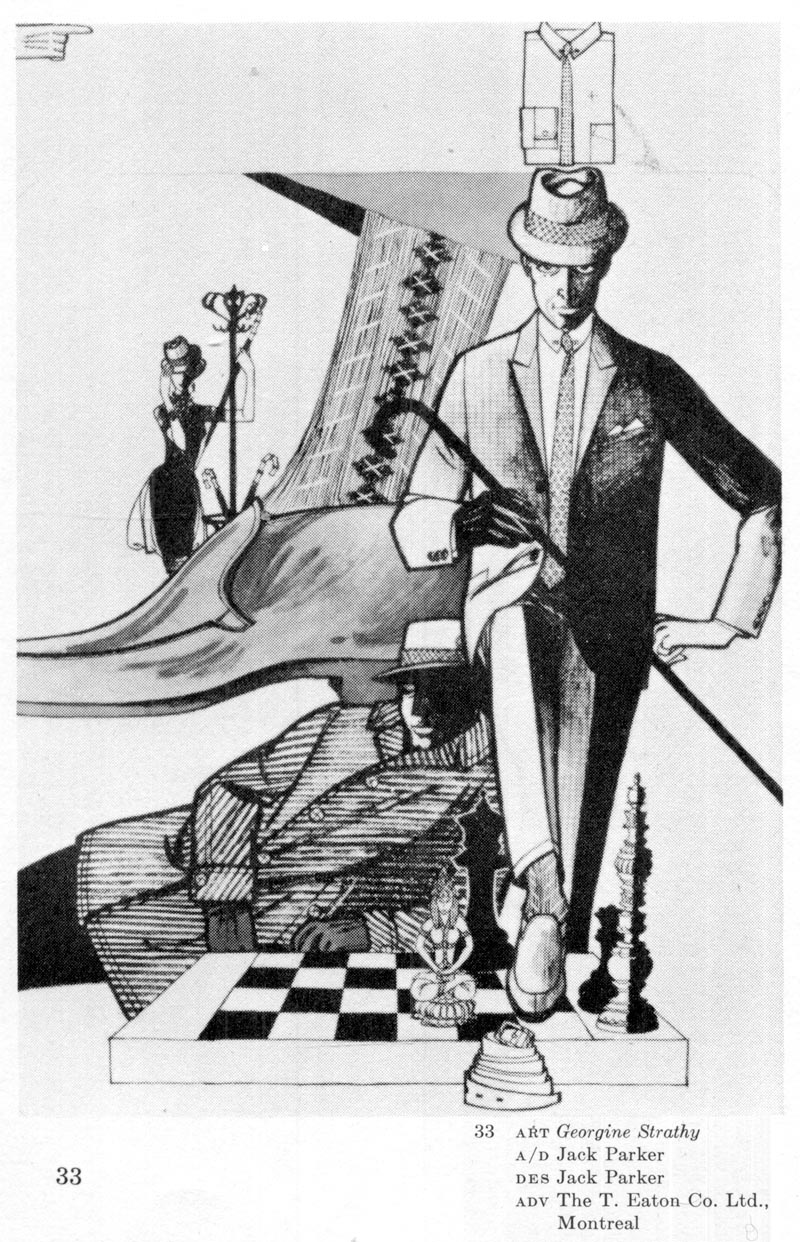
Imagine a time when three artists were employed - for decades! - to create thousands of advertising graphics for just three specific shops within a single larger store in one city, for publication in only one local newspaper. It boggles the mind.
Yet this was exactly the situation for Parker, Groh and Strathy.

And perhaps it is because of this circumstance that these three have not been recognized to a greater degree by the fashion art historians. In preparing her thesis, Bosnitch investigated many texts written by American, Australian, British, French and Japanese authors... but Canada's contribution to the world of fashion art is "absent."
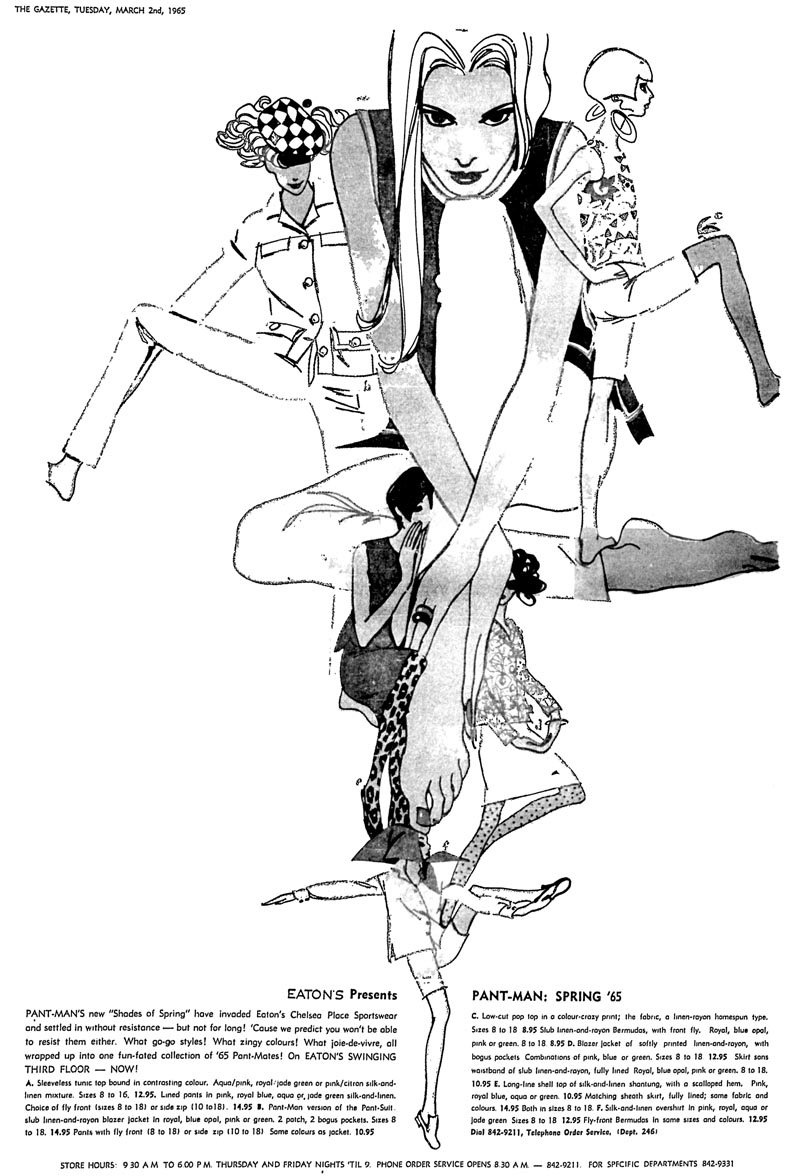
What a shame... because, as Bosnitch points out, Parker, Groh and Strathy were recognized by professional organizations - both Canadian and foreign - of the communication arts, which published their work in magazines and annuals, and recognized their accomplishments with industry awards.

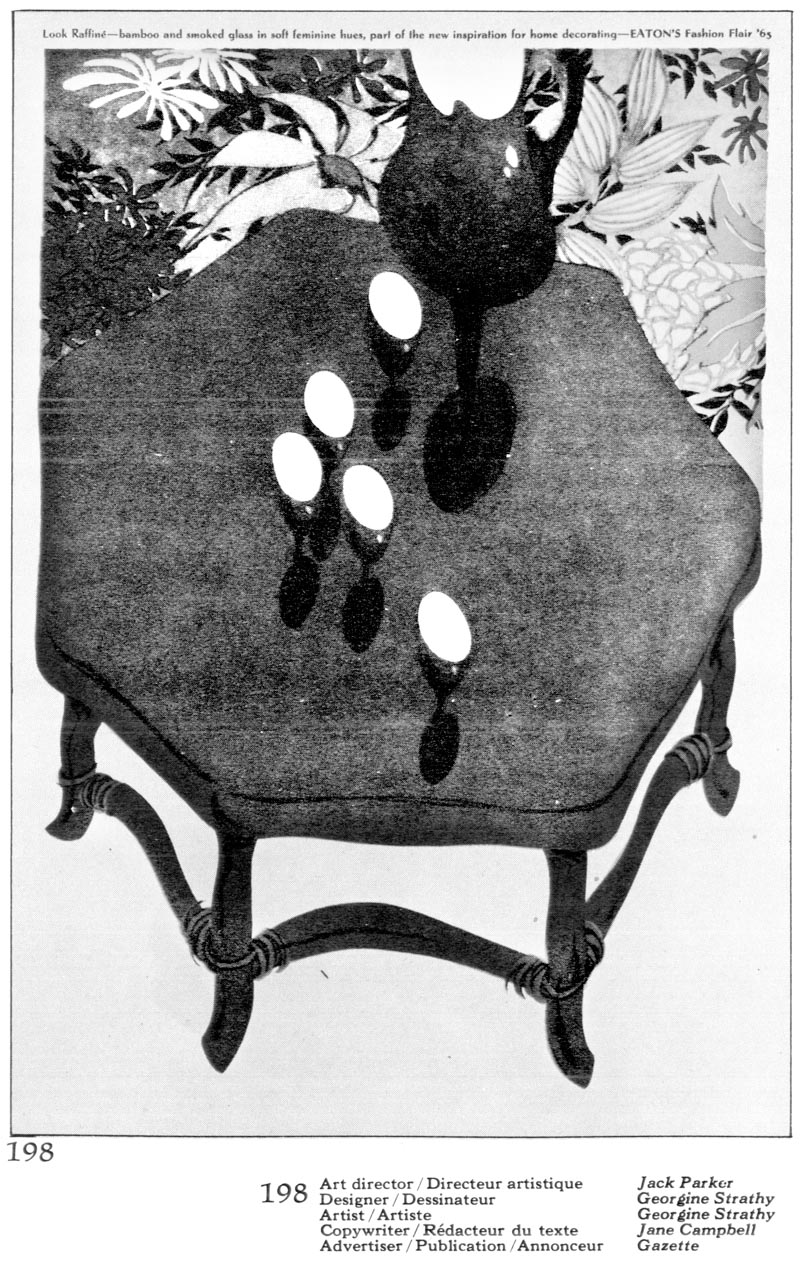
As Bosnitch writes in her abstract, "the prestige fashion ads which Eugenie Groh, Jack Parker, and Georgine Strathy created for the Gazette newspaper received international acclaim, both for their unusual design and their complex use of colour. Over a hundred awards and countless accolades , including mentions from Women's Wear Daily, The Art Directors Club of New York, Graphis, Communication Arts, and Idea are testimony to the extent of their impact."

Tomorrow, with the help of Katherine Bosnitch's research, we'll learn a little about these artists and their groundbreaking work.
